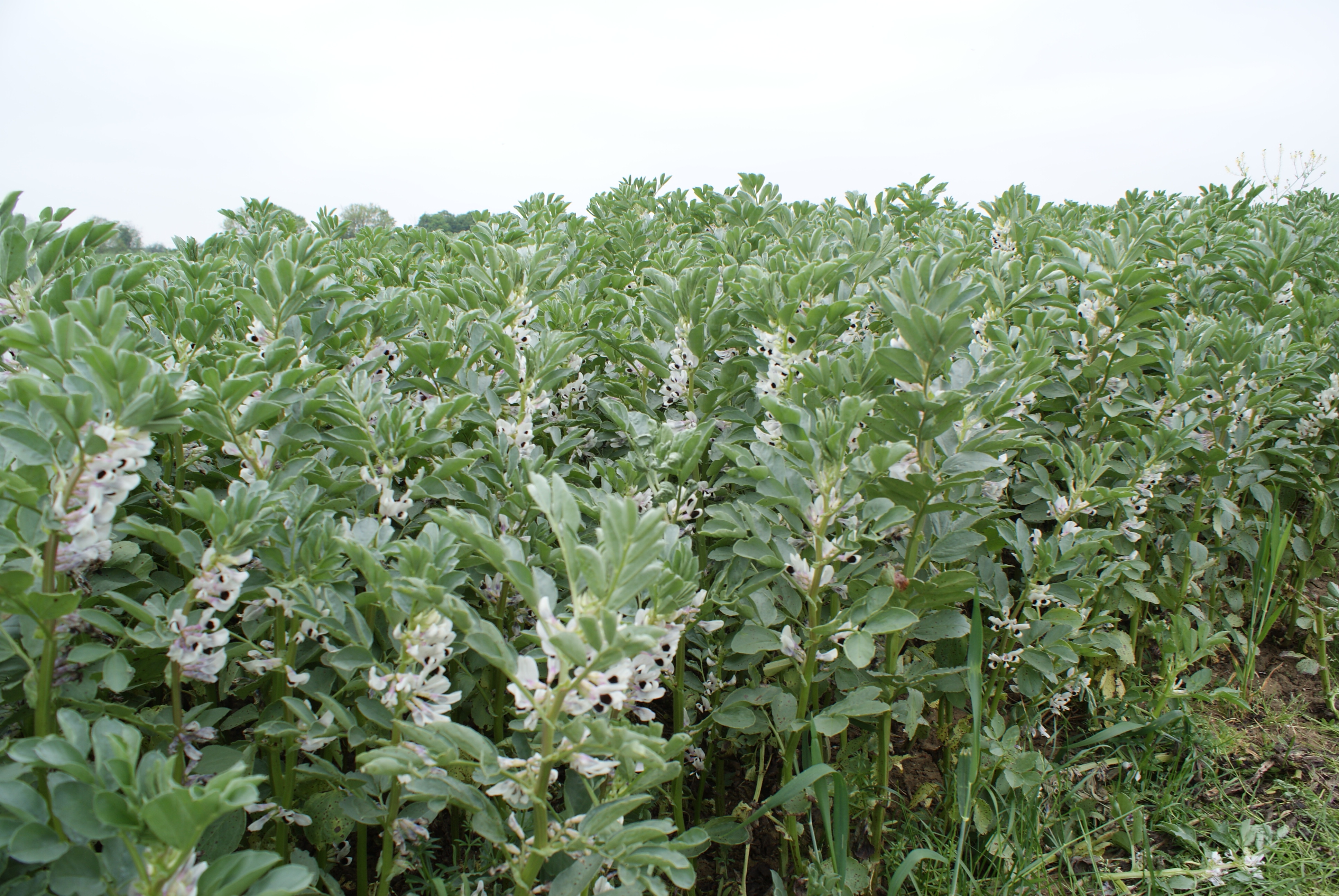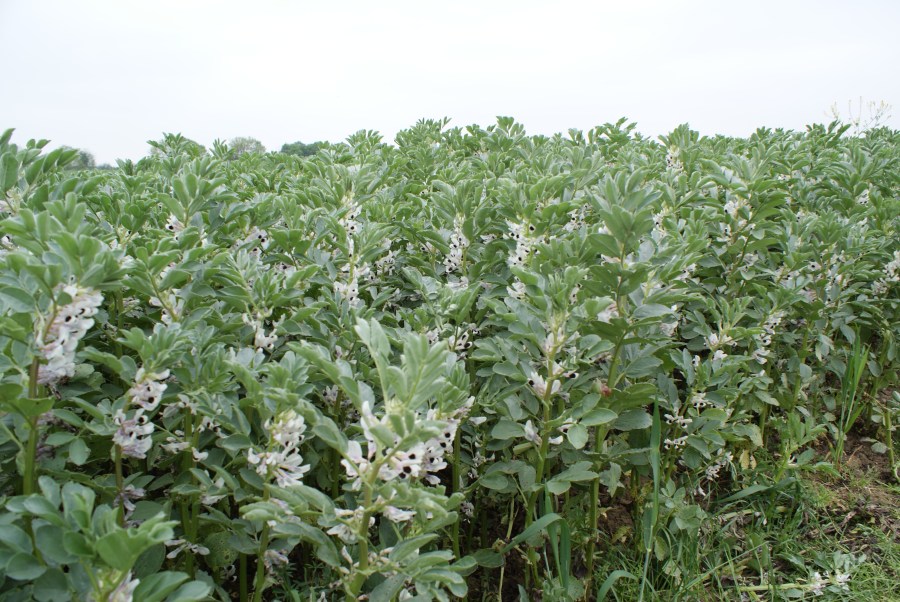
The prolonged winter ended, the rain stopped for an extended period and eventually, although late, the 2018 pulse crops were sown.
“It is uncertain what effect the changing environmental conditions have had on grower decisions – but it may be negative,” comments Roger Vickers, Chief Executive of PGRO.
“A number concluded that a very late April or even early May sowing might be risky for beans, and enthusiasm for marrowfat peas was already known to be waning following a run of lower prices and quality issues.
“On a positive note, although later sowing is generally considered less than ideal, this year’s crops have been sown into plenty of moisture and rapidly warming soils. Emergence has been swift and the subsequent exposure to high light levels and relatively warm May temperatures has meant rapid development.
“At this stage the crops generally look good. We should all hope for favourable growing conditions to continue as market demand for pulses – especially beans – remains strong.
“A number of indicators bode well for the new crop marketing opportunities:
- Recent currency movements and a weakening Sterling mean that the environment for exporting is increasingly favourable.
- Australian stocks of beans are reported to be running down rapidly. A recent increase in their prices of US $50 per tonne reflects decreasing availability following a smaller crop.
- Reports of a poor – even disastrous in places – start to the growing season in Canada, where they too had a very prolonged winter, suggest the potential for reduced crop performance this year.
- Baltic bean producers experienced a similar spring to the UK, although crop areas remain similar to last year and their stocks are empty.
“New crops trades have been few and far between at this point, although sellers and buyers can find one another.”
Recently released data from Defra based upon the BPS records for the period 2015-2017 in England confirms that bean crop area has been increasing. Spring bean area has declined a little, but has been more than made up by a switch to winter bean cropping, which has risen by over 50% across the three year period. It also shows that average farm bean crop area has risen very slightly too. Whilst pea crop area and area per farm rose in 2016, the total fell by around 9,000ha in 2017. However, although grower numbers fell by approximately 10%, average area grown per farm remained much the same as in 2016. Total pulse crop area in England fell by 2,000ha in 2017 but remained almost 4,000ha ahead of the 2015 crop area at 249,405ha.
Franek Smith, President of BEPA, reports that regular bulk vessel exports for both human consumption and for feed beans continued in April with good demand, although trade of old crop produce is now limited in all UK-produced pulse crops. Sellers are few although there are buyers in the feed market. Recently, soya meal has risen sharply and other mid protein product prices have increased too making pulses appear relatively good value.
The lack of sellers and increased demand for UK beans has significantly tightened both domestic and export markets.
The UK feed market for beans has continued to be firm. Support from compounders has maintained values at around £165/t ex-farm, depending upon location, and there may still be some small upside going into the summer. With other European sources having dried up, demand for feed exports remains real, with ability to supply restraining the UK trade.
New crop prospects continue to be speculative with suggestions around £27 over November wheat values of approximately £170/t ex-farm. As always, location will dictate some variability.
For human consumption beans, with little to no new activity in this market due to availability, only small parcels are now leaving the country. Values are at a premium of only +/- £10 over feed and some sellers have viewed the risk (rejection disputes, and payment) over feed not worth taking.
Forward prices for crop 2018 have been available with a premium of £15 – £20 over feed beans but this is largely speculation – there are currently few export buyers available to the trade. That said, now the market is tight there will likely be strong demand for the new crop once it is harvested with the prospects for good selling opportunities in the early autumn.
There remains little activity with combining beans. It is believed that the surplus of poor quality peas in the market is gradually easing and that prices will rise further as supply starts to balance with demand.
For marrowfat peas, some growers with storage and better quality samples appear to have taken the decision to wait for prices to rise from the current levels of £250/t ex-farm hoping prices might start at least into the £300s.
Poor quality produce remains destined for lower value markets at around £180/t ex-farm.
The market for marrowfats is limited – it is strongly oversupplied and growers should think long and hard before growing these peas without a contract.
Old crop for large blue peas fell slightly since as forecast in the last report. Current values are circa £220-230/t ex-farm for good quality. Lower quality canning samples are likely to be nearer £170/t ex-farm, and less if only for animal feed.
Unlike marrowfats, blues are a more versatile commodity for the trader with more market outlets both domestically and for export.
There is little immediate interest in trading the new crop and speculation is that prices are likely to start at around £235/t ex-farm for the best quality samples.




